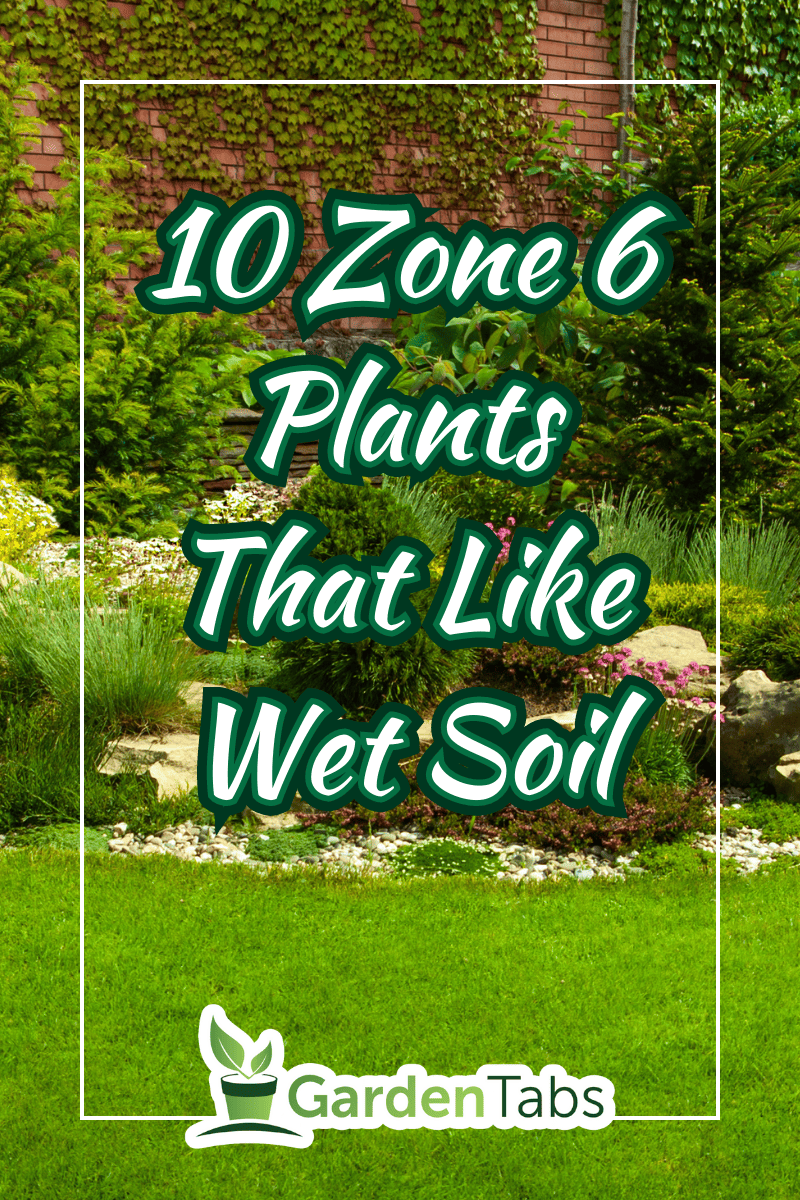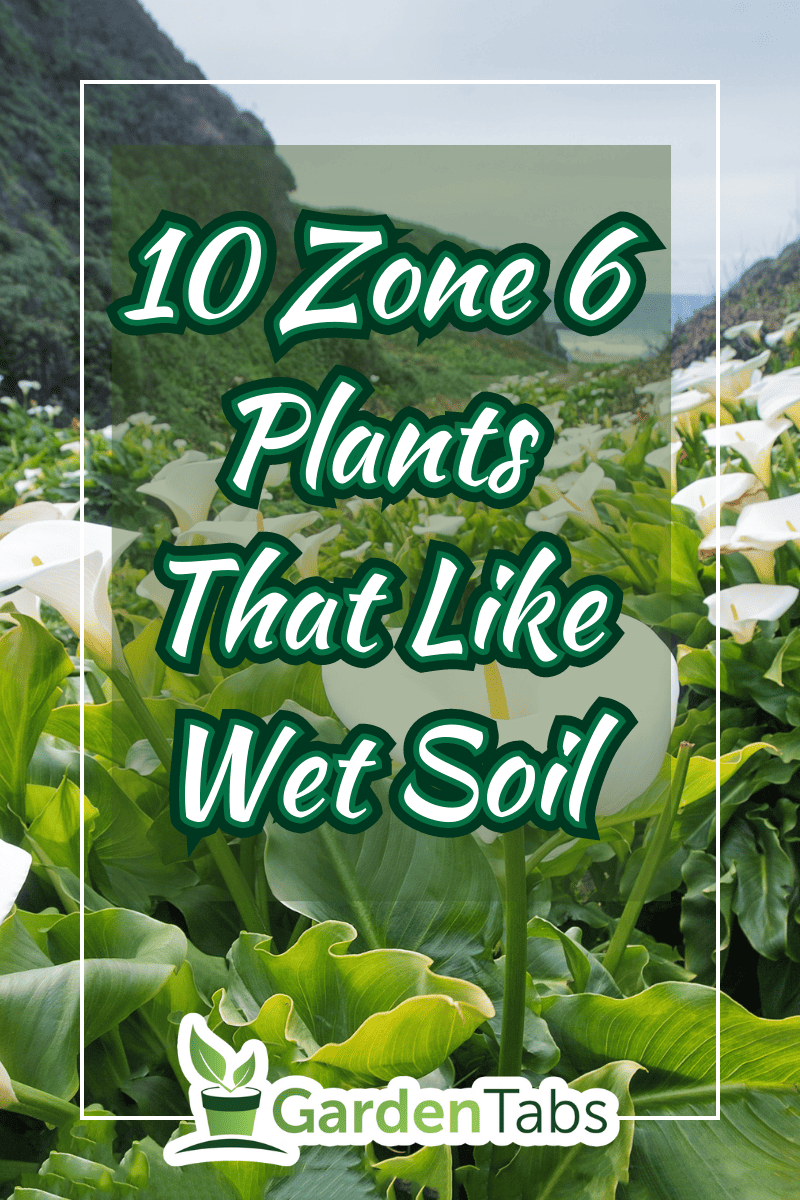Zone 6 covers a good portion of the eastern United States. Planting crops that fit your zone is important to ensure the plant's maximum survival rate.
Not only do these plants have to thrive in climate zone 6, but we're taking a look at plants that like wet soil. Be sure to choose a plant that fits your needs.
We can't always fit a willow tree in our backyards!
Here are ten zone six plants that will enjoy wet soil:
- Lily of the Valley
- Black Willow
- Inkberry
- Arugula
- Scarlet Swamp Hibiscus
- Cinnamon Fern
- Goatsbeard
- Sweet Flag Grass
- Red Chokeberry
- Fern Leaf Bleeding Heart
There is a good mix of plants on that list, so don't worry if we start to describe a landscape that doesn't fit your story. We found something for everyone.
There are showstopping, jaw-dropping flowers, native plant must-haves, and even a culinary staple! Together these are the top 10 zone 6 plants that like wet soil.
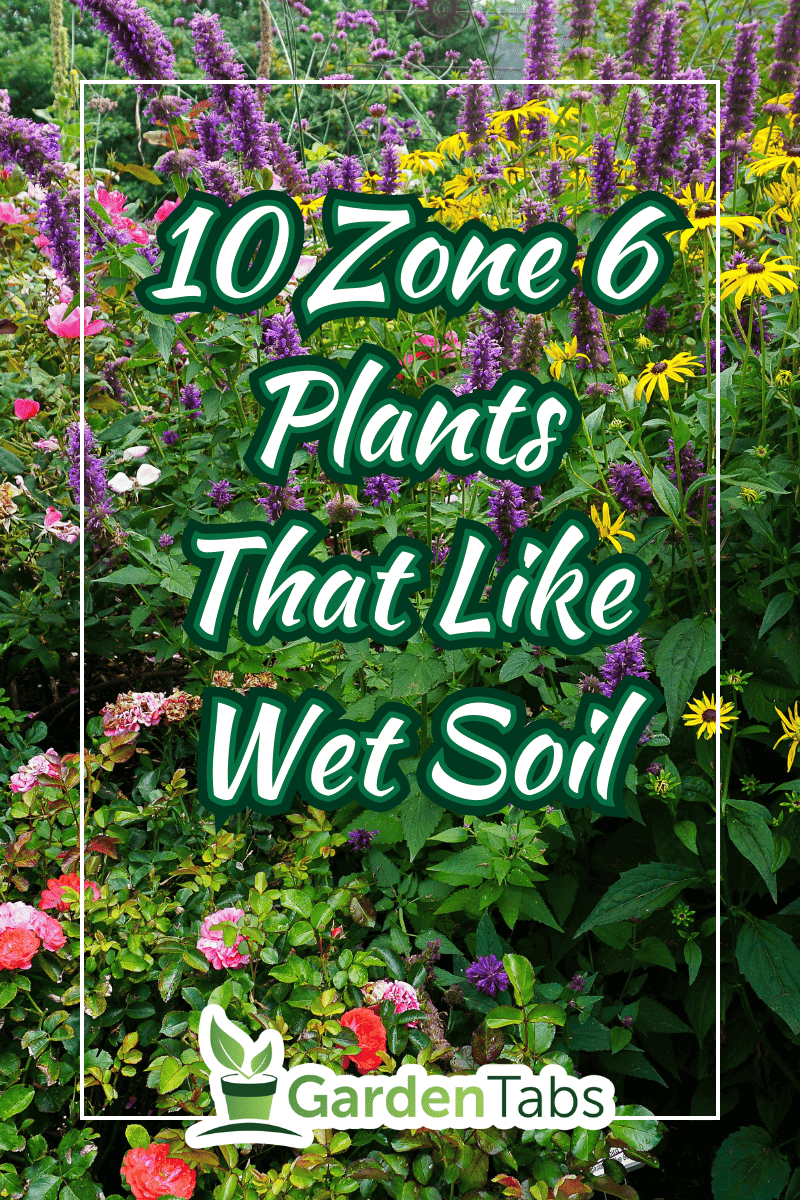
1. Lily of the Valley
This unique plant is not part of the lily family - but rather the asparagus family! It is best grown in zones 3-9 and loves moist soil. It can produce red berries, although they are poisonous when ingested.
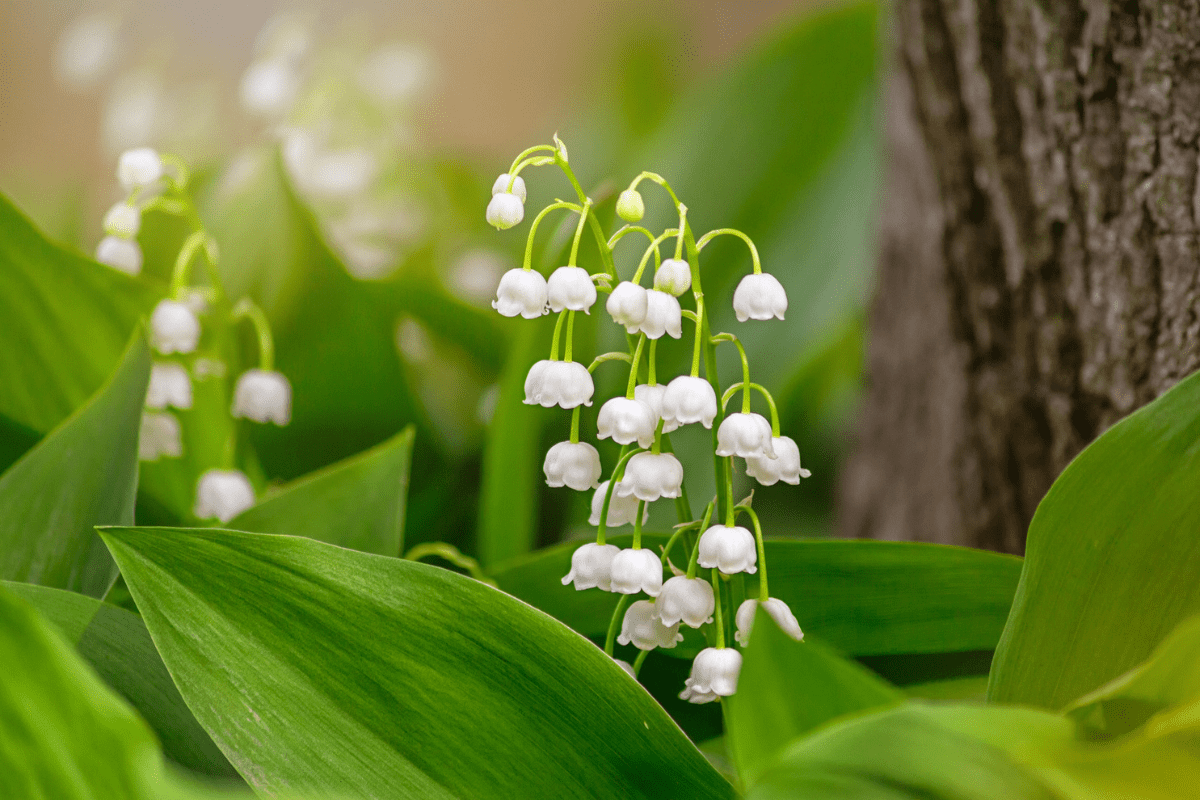
One of the most interesting facts about the lily of the valley is that there is a whole day dedicated to these flowers! The history goes back to the 16th century when the king of France would gift lilies of the valley to women in his court.
As the tradition continued, May 1st, 1561 (the day the king first knew of these flowers) became known as Fête du Muguet. In more modern history, Europeans celebrate this holiday as May Day, the middle between the spring equinox and summer solstice.
2. Black Willow
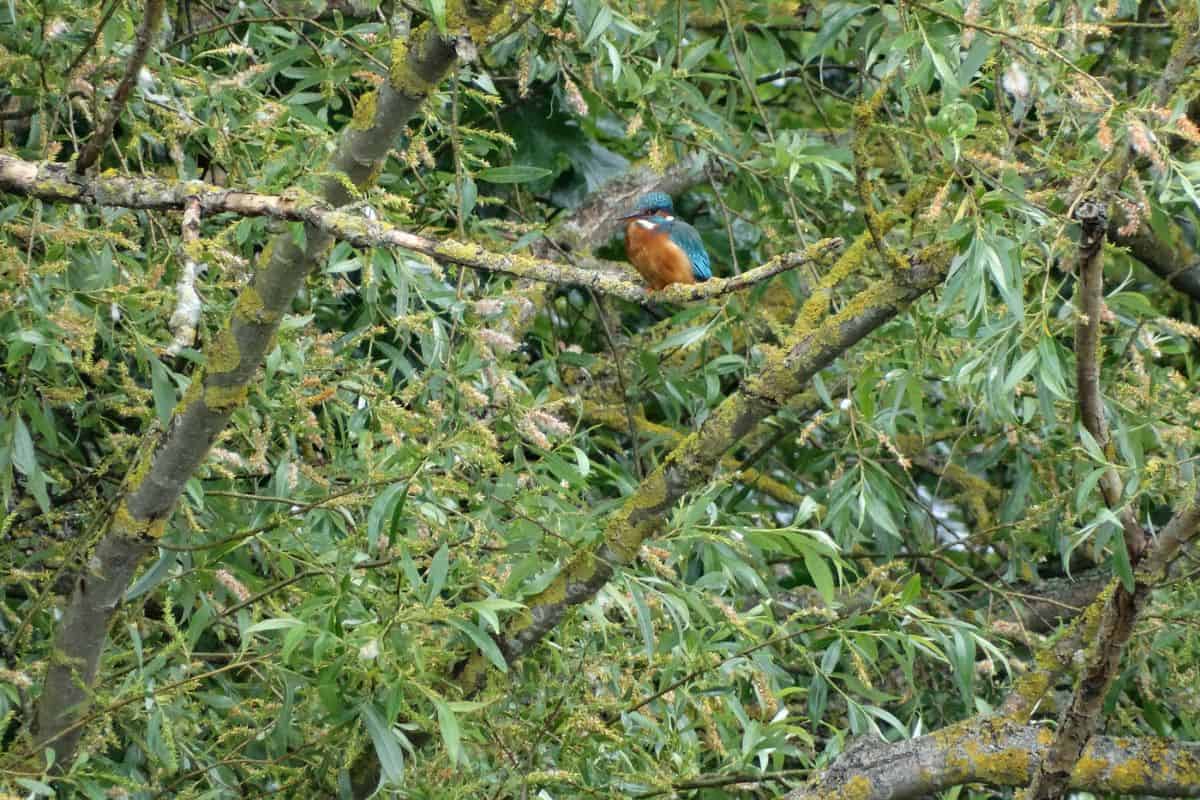
Black willow trees are known for being flood-resistant creatures. Not only can they tolerate the buildup of sediment, but the tree can help stabilize the soil after a flood.
In addition, many people may plant a black willow tree to control erosion damage. In the springtime, black willows are one of the first places bees can stop to fill up on pollen and nectar.


Find fertilizer spikes on Amazon here.
If you're looking to plant a black willow tree, it is best to ensure that your location will receive at least 51 inches of annual rainfall. You also may want to invest in a few pest repellants to drive away caterpillars.
You can find more information on driving out caterpillars here: How To Get Rid Of Caterpillars Without Killing Them.
3. Inkberry
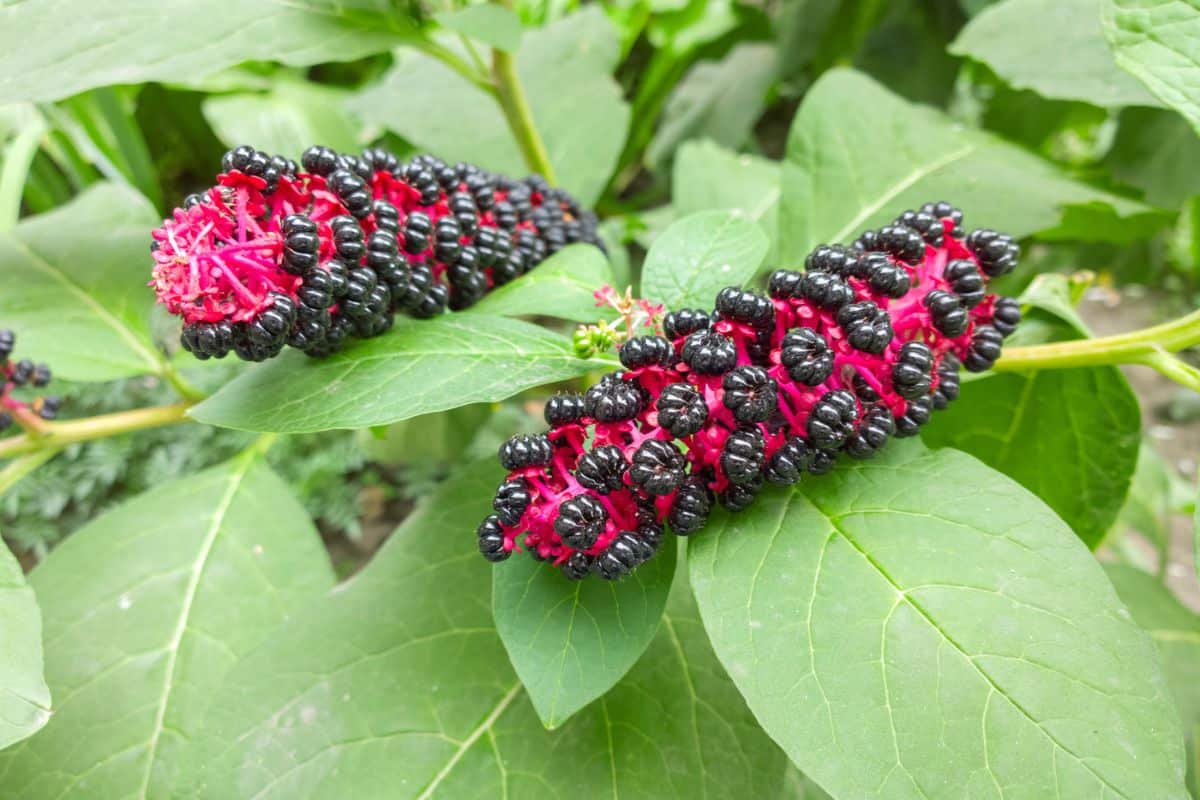
Look at those berries! These little guys crave full sunlight while they grow above moist, acidic soil. Humans can't eat them, but birds are thankful for them during winter.
Inkberries are often planted as a boxwood alternative, although they shouldn't be treated like a second-class plant. The evergreen inkberry holly continues to provide for native wildlife throughout harsh freezes.
Note that this plant has both a male and female holly variety. The shrub must have both male and female flowers to produce fruit.
They are not self-pollinating, which means they will also require the aid of bees and butterflies. Try planting companion flowers like begonias or geraniums to attract pollinators to your garden.
4. Arugula
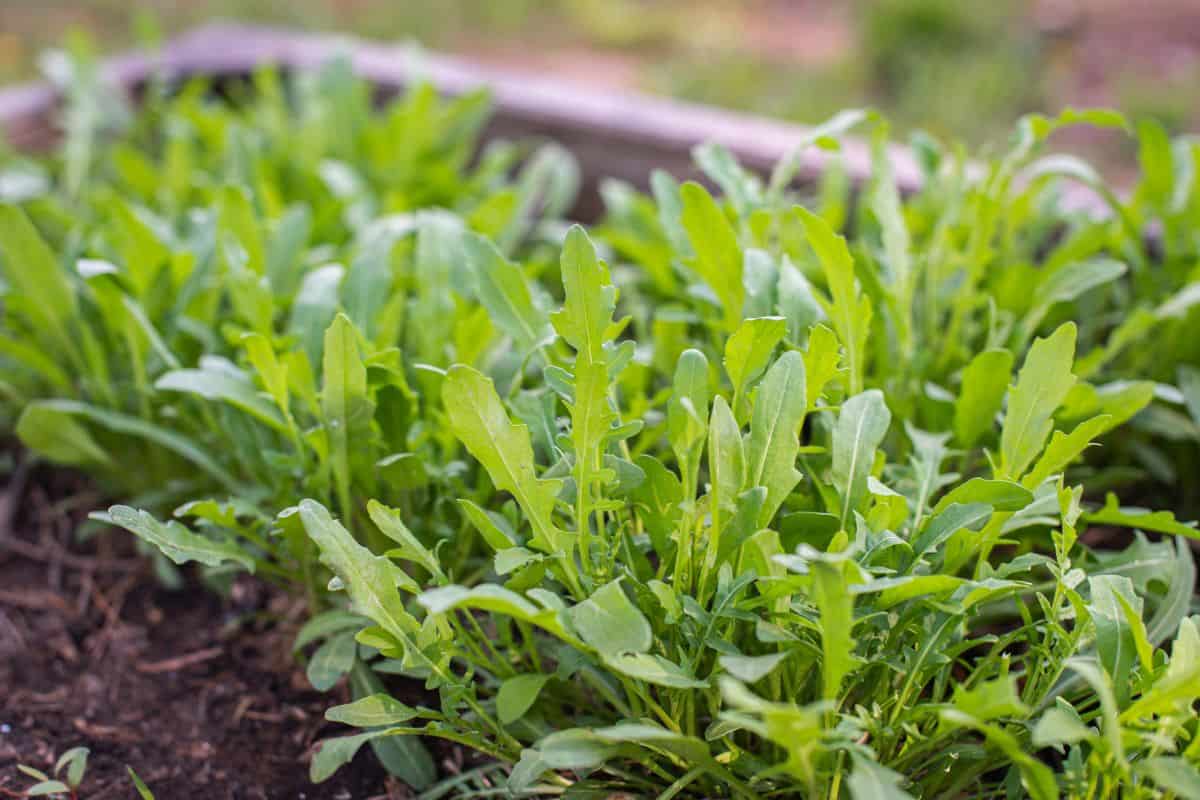
A salad staple and beloved herb, arugula is the fourth plant that enjoys moist soil. The growing zones range from 2-11, and the growing season is rumored to be all year long.
If you're not a big fan of the earthy taste, the smell alone deters pests! That makes it a great companion plant for everything else featured here.
The nutritional value of arugula heavily contributes to why people grow it. It is rich in iron, zinc, and magnesium and is a cancer-fighting food.
It is part of the brassica family, including other nutrient-dense vegetables like Brussel sprouts and kale.
5. Scarlet Swamp Hibiscus

The scarlet swamp hibiscus is a flower that can't get enough water! Often placed on the edge of ponds, this strikingly red flower finds itself in full bloom during the months of late summer and early fall.
Flowers may fall off after only a day of blooming, but a new blossom will soon replace them. The plant can grow up to 6 feet tall and 4 feet wide, although it is often trimmed down to a size that better suits its location.
The companion plants for the scarlet swamp hibiscus include all other types of hibiscus. The hibiscus family thrives in numbers, but it is also essential to preserve biodiversity.
We recommend trying daylily, sweet alyssum, or poppies. For more information on hibiscus care, visit our post here: My Hibiscus Is Dying - What To Do?


Find Flower Fuel on Amazon here.
6. Cinnamon Fern

The fronds of a cinnamon fern resemble cinnamon sticks, as the name suggests. When the fronds unfurl, they can reach 2-4 feet in length.
Historically, indigenous peoples have used cinnamon ferns to aid rheumatism and snake bites.
To care for them, be sure they are placed in an area that receives both partial sun and shade throughout the day. This plant does not spread quickly, so it shouldn't take up too much space in your yard.
7. Goatsbeard
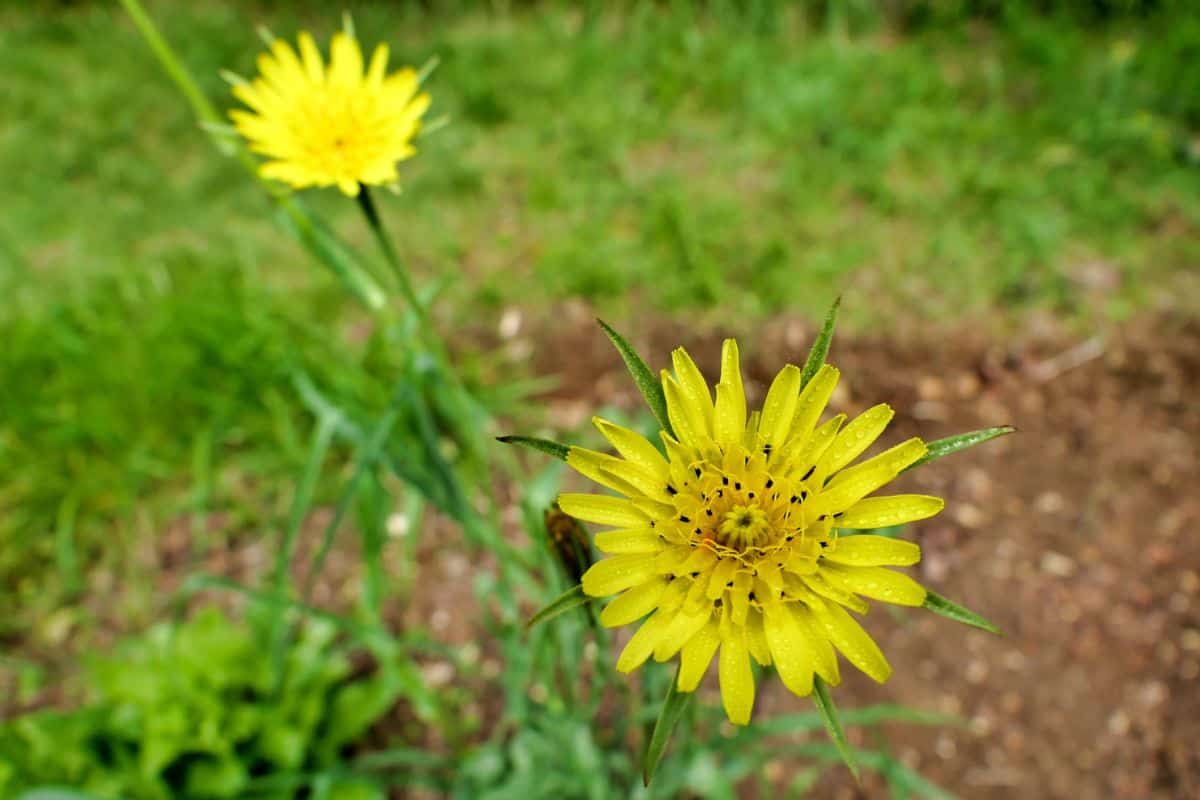
This funky plant grows best in zones 3-7 and is often cultivated as a border plant. Deer and other common pests don't care for goatsbeard, although it does attract native bees!
Native bees are often praised as better pollinators than honeybees. Goatsbeard only grows to about 4 feet wide, which makes it perfect for controlling the garden borders.
A few companion plants for goatsbeard include bleeding hearts, lamb's ears, and delphiniums. Remember to plant what makes sense for your garden! One plant may work better for your space than another.
8. Sweet Flag Grass
Also called "acorus," sweet flag grass is a beautiful evergreen.
The Acorus calamus grass variety is commonly found in wetlands. That makes for a showy plant with its intricate yellow blossoms. Other flag grasses are ornamental garden grasses.
For more information about this type of plant, visit our post here: 15 Best Ornamental Grasses That Grow In Shade.
You might be wondering why this one is called Sweet Flag Grass. Well, the Latin translation is roughly "aromatic grass." You can understand why when the plant is crushed up or ground.
A sweet, earthy, herbaceous smell is produced by sweet flag grass. We encourage more people to incorporate this magnificent plant into their woodlands and ponds.
9. Red Chokeberry
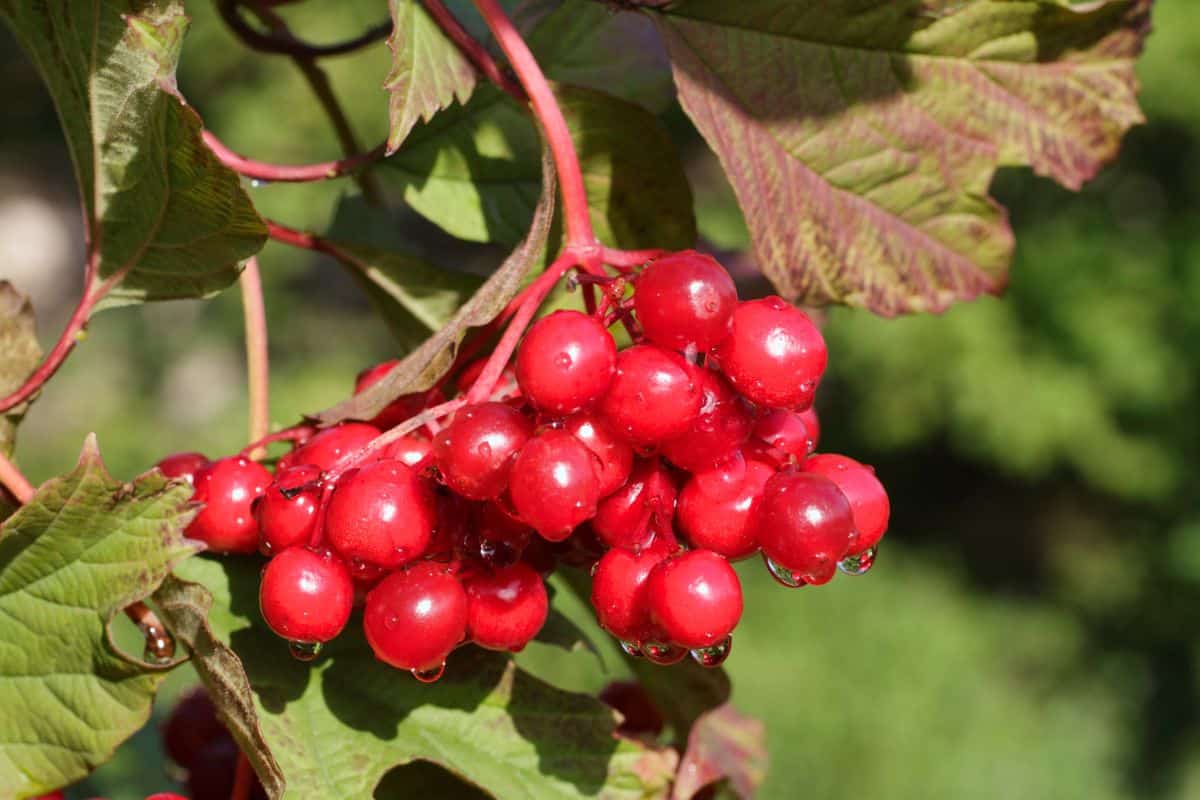
The chokeberry gets its name from the puckering face that comes with the taste. In berries and wine, this is called astringency. The berries are deep red and glossy.
The red chokeberry is a native shrub that can provide food for wildlife in the fall season. Birds won't eat too many chokeberries, but rabbits and deer enjoy them!
Red chokeberries can be eaten by humans as well. Although, because of the bitter taste, they are often not found in the kitchen. When they are used, however, it is usually in the form of syrup or jam.
The sugar content is high enough to mask some of the astringent flavors.
10. Fern Leaf Bleeding Heart
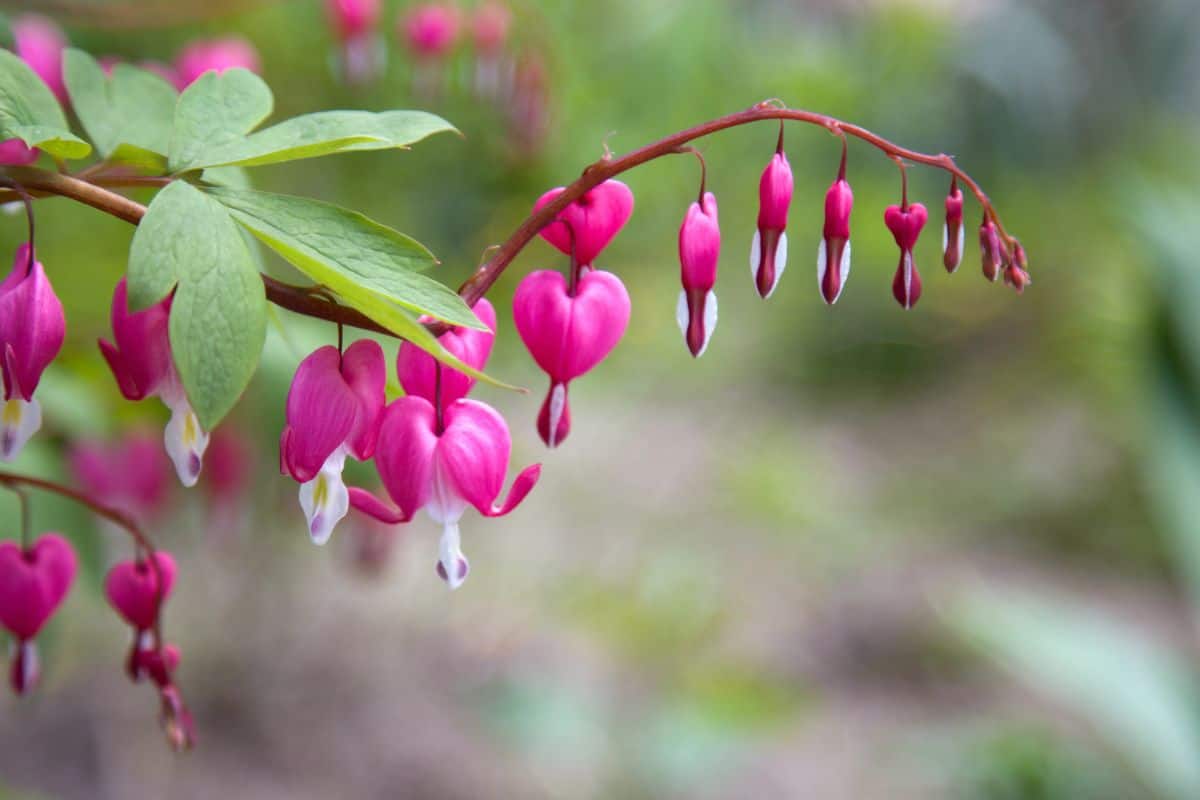
This plant is found in zones 3-9 and will only grow to about 1-2 feet tall and wide. While deer and rabbits are tolerant, the common pests found under the shrub include slugs and snails.
Redirecting them using natural methods is important because they contribute significantly to our environment's biodiversity.
This plant is a show-off. The foliage is green with a blue undertone, and the flowers begin to bloom in early fall. The flowers will continue to show off their delicate pink petals until late spring.
The benefit of planting bleeding hearts is that they attract bees and hummingbirds. Unfortunately, ingesting this plant can cause serious harm.
Beware of wandering toddlers: they experience the world with their mouths!
To Wrap It Up
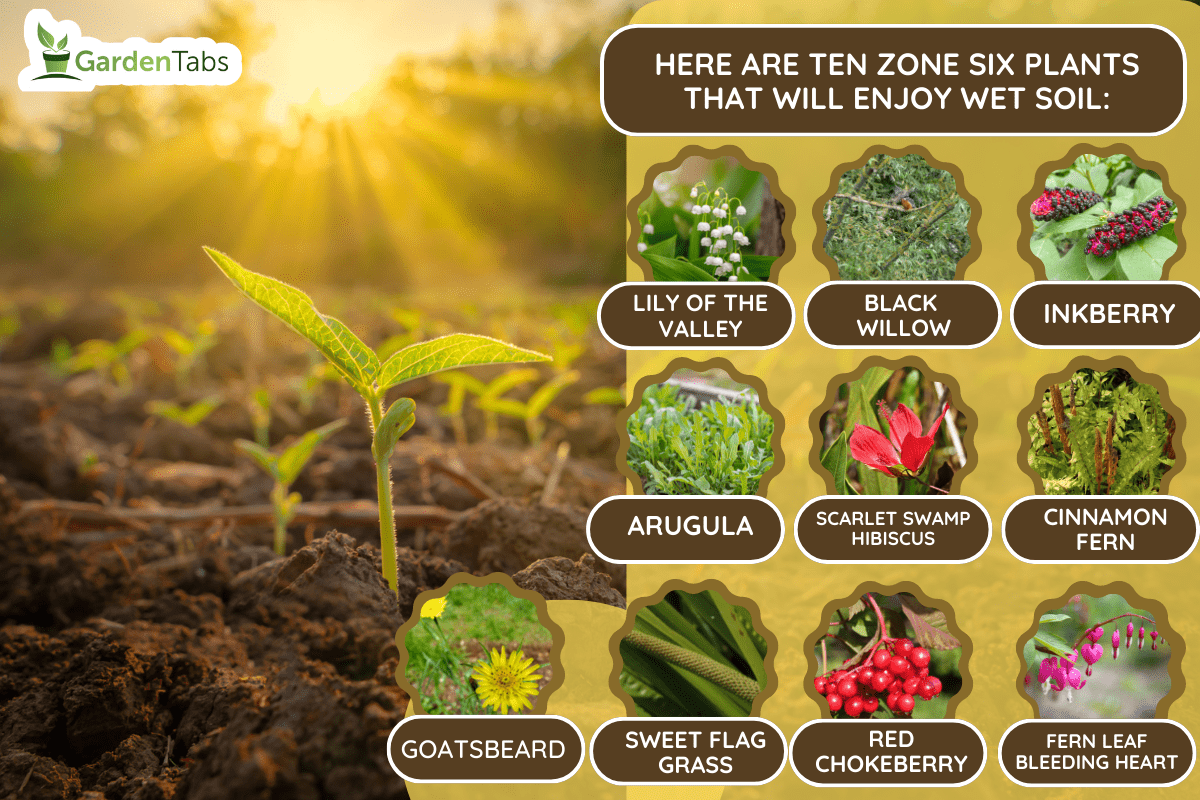
There are so many beautiful plants that belong in the wetlands of zone 6 climates. Your gardens will especially thrive with the help of fertilizer spikes, natural bug deterrents, and flower fuel!
We recommend doing further research into the agriculture of your town. This will ensure that your plants have the maximum rate of survival.
Happy planting! If you enjoyed this read, check out our related blog posts below:
16 Zone 6 Perennials That Are Full Sun And Drought Tolerant
Zone 6 Flowers To Plant In Fall [14 Suggestions To Beautify Your Landscaping]

